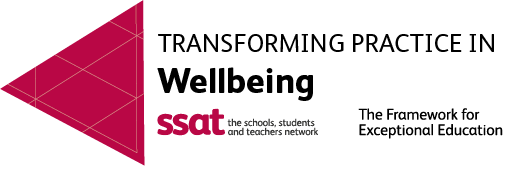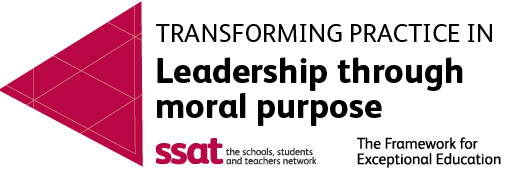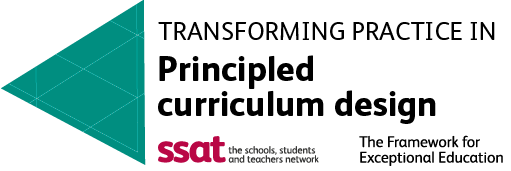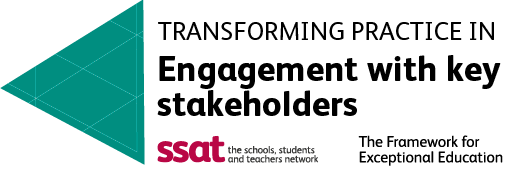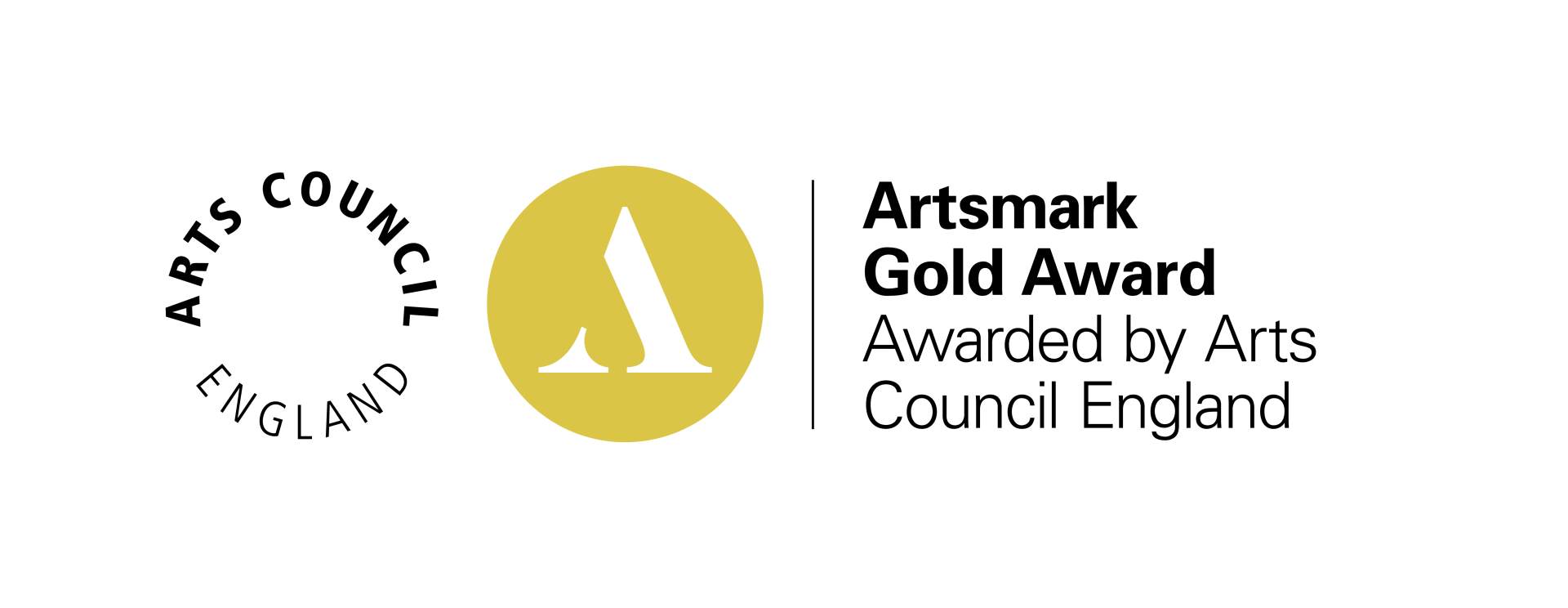Statistics
Useful Resources and Revision Support
https://hegartymaths.com/ is our online homework tool as well a powerful revision resource. All students have a personal login and their teachers will track their progress online. Please see the relevant PLCs for topic clip numbers.
Other exam support/helpful websites include:
https://mrcartermaths.com/# has differentiated exercises on a few topics from GCSE statistics, with randomly generated questions that help with repeated practice. Students need to ask their teacher for the login."
https://www.mathsgenie.co.uk/statistics.html has practice exam papers along with some topic based exam questions.
Statistics is a compulsory additional GCSE in Year 10 and is taught alongside GCSE Maths. Statistics in Year 11 remains an option and is taught separately.
Completing the statistics GCSE allows students to apply their mathematics to real life situations. They will learn about collecting, representing & analysing data; making them able to spot misleading diagrams, fake news and giving them the skills to be critical learners. Students study most of the content in year 10 and then revisit & build on it in Year 11.
Topics studied:
- How to design statistical investigations
- How to classify data & use unbiased sampling techniques
- How to run fair experiments
- How to simulate then clean date
- Different ways to represent data to highlight investigation findings
- How to identify misleading statistics & graphs
- Calculating averages and measures of spread for data sets
Additional topics taught at higher:
- Quality assurance
- Standard deviation and the weighted & geometric means
The statistics curriculum follows the data handling cycle structure:
- Types of data
- How to design a statistical investigation
- Collection of interviews, experiments & questionnaires
- Summarising and representing data
- Representations and other statistical methods
The statistics course builds on content students have studied in Years 7-9.
- In Year 7 students study: Venn diagrams, sets and basic probability
- In Year 8 students study: Bar charts, calculating the range and questionnaires.
- In Year 9 students study: Calculating averages for data sets, draw pictograms and construction of pie charts.
Taking Statistics at GCSE helps students who complete the A-Level Maths course as the KS5 applied mathematics builds on the GCSE statistics content.
In addition, there is a large overlap with the mathematics course so students who study statistics can use it to enhance their GCSE maths garde. Furthermore, other topics such as GDP, Peterson capture-recapture & population pyramids come up in business studies, biology and geography.
Statistics opens the door to several career options including, but not limited to: data-analyst, scientist, market researcher, actuary, civil servant, business owner, accountant, economist, machine-learning engineer...
There are two progression routes: foundation and higher. On the foundation paper you can obtain up to grade 5 and on higher, up to a grade 9.
Assessment
Pearson Edexcel GCSE Statistics (9-1)
The course specification can be found using link below:
Pearson Edexcel GCSE Statistics
Enrichment
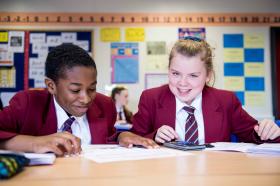 The mathematics department has an extensive enrichment programme. Outside of lessons we enter students from all year groups into the UKMT maths challenge that is a nationwide mathematics competition. In addition to this, girls in the 6th form can enter the Maths Olympiad for Girls (MOG). Year 10 students get the opportunity to attend the Advanced Maths Support Programme Maths Feast event. Year 7 and Year 8 have a weekly after school maths club that is very well attended. We have a maths challenge within school as part of the house competition system where all year groups can enter to compete for their house. Inside the classroom we offer the top sets in Year 11 the opportunity to study A Level 3 Further Maths qualification alongside their GCSE studies as well as having a strong uptake of A-level Further Mathematics in sixth form. Weekly revision for Year 11 and A level students is offered from October half term onwards with Statistics GCSE sessions to follow later in the year.
The mathematics department has an extensive enrichment programme. Outside of lessons we enter students from all year groups into the UKMT maths challenge that is a nationwide mathematics competition. In addition to this, girls in the 6th form can enter the Maths Olympiad for Girls (MOG). Year 10 students get the opportunity to attend the Advanced Maths Support Programme Maths Feast event. Year 7 and Year 8 have a weekly after school maths club that is very well attended. We have a maths challenge within school as part of the house competition system where all year groups can enter to compete for their house. Inside the classroom we offer the top sets in Year 11 the opportunity to study A Level 3 Further Maths qualification alongside their GCSE studies as well as having a strong uptake of A-level Further Mathematics in sixth form. Weekly revision for Year 11 and A level students is offered from October half term onwards with Statistics GCSE sessions to follow later in the year.
Curriculum Overview
Year 10
During the first half term, all students will follow the GCSE Maths Data content. This will cover the Statistics required to pass GCSE Maths and will provide a firm foundation for the content specific to Statistics GCSE to follow.
For the rest of Year 10, the following topics are taught in this sequence, which mimics the Data Handling Cycle:
- Collecting Data 1
- Collecting Data 2
- Representing Data 1
- Representing Data 2
- Representing Data 3
- Summarising Data 1
- Summarising Data 2
- Scatter Diagrams and Correlation
- Time Series
- Probability 1
- Probability 2
- Probability 3
- Index Numbers
- Revise and Extend
- Summer Project
All classes follow bespoke PLC's in their workbooks catered towards their current level and target grade.
Year 11
Repeats the sequence followed in Year 10 but includes more content particularly for those doing Higher Statistics. It allows an opportunity to retrieve, practice and extend the knowledge and skills learned in Year 10.
- Collecting Data 1
- Collecting Data 2
- Representing Data 1
- Representing Data 2
- Representing Data 3
- Summarising Data 1
- Summarising Data 2
- Scatter Diagrams and Correlation
- Time Series
- Probability 1
- Probability 2
- Probability 3
- Index Numbers
- Revise and Extend
- Summer Project
All classes follow bespoke PLC's in their workbooks catered towards their current level and target grade.
Our ethos involves working with all learners to be the best they can be and faculty teachers working together as a team to achieve the best for our students. We greatly value the support that parents and carers give to our students and welcome all feedback.



 Safeguarding
Information
Safeguarding
Information Arbor
Arbor